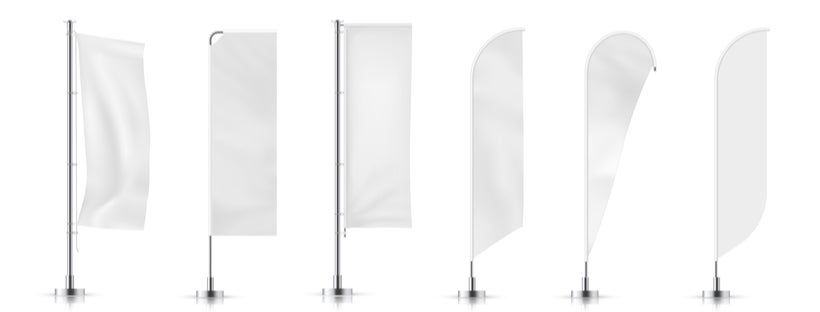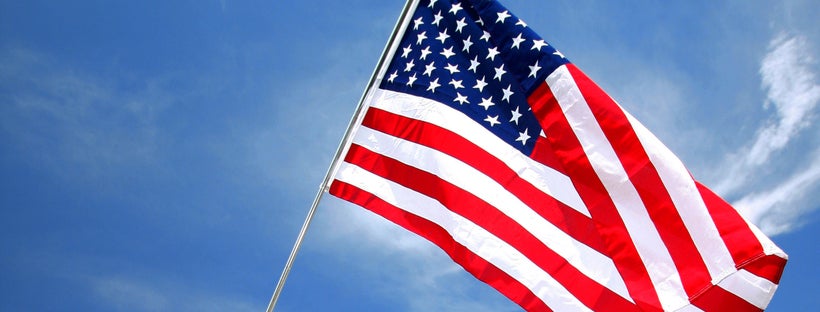
As golf enthusiasts eagerly anticipate the 2024 US Golf Championship, hosted at prestigious courses across the United States, there’s one element often overlooked amidst the excitement of birdies and bogeys—the golf flag. While spectators focus on the players’ swings and the course’s beauty, behind the scenes, dedicated staff ensure that every flag is in its proper place, maintaining the integrity of the game. In this blog, we delve into the intricacies of golf course flags, their significance in tournaments like the US Golf Championship, and the essential role of golf course staff in their upkeep.
Understanding Golf Flags
Golf flags serve as crucial markers on the course, guiding players toward the hole and providing vital information about its location. Traditionally, these flags are made from durable materials, ensuring visibility and durability even in adverse weather conditions. They are attached to a sturdy golf flag frame that allows them to flutter in the breeze, aiding players in gauging wind direction.
- Types of Golf Flags: Golf courses may feature various types of flags, each serving a distinct purpose. Some flags indicate the location of the hole, while others signal hazards or out-of-bounds areas. Custom golf flags, adorned with logos or emblems, add a personalized touch to the course, enhancing its aesthetic appeal.
- Colors of Golf Flags: Golf flags typically come in bright, contrasting colors, such as red, white, or yellow, ensuring visibility against the green backdrop of the course. The color of the flag often denotes the hole’s position on the green, with red indicating a front pin, white for a middle pin, and yellow for a back pin.
- Maintenance: Proper maintenance of golf flags is essential for preserving their functionality and appearance. Groundskeepers regularly inspect flags for signs of wear and tear, replacing them as needed. Additionally, flags may be rotated to distribute the wear evenly across the course.
Golf Flags: Enhance Brand Visibility and Fan Engagement

As the US Golf Championship captivates audiences worldwide, it’s essential to recognize the multifaceted role of golf flags, not just as course markers but also as powerful tools for brand promotion and fan engagement. Amidst the excitement of elite-level competition, these flags serve as more than just indicators of hole locations; they become ambassadors for sponsors, vehicles for branding, and cherished mementos for fans.
- Custom Flags: One of the most effective ways to leverage golf flags for brand promotion is through customization. Tournament organizers and sponsors can emblazon flags with logos, slogans, or event dates, transforming them into eye-catching advertisements that command attention on the course. These custom flags enhance the tournament’s visual appeal and provide valuable exposure for sponsors, reinforcing brand recognition among players and spectators.
- Enhanced Fan Experience: Golf flags play a vital role in enhancing the fan experience at tournaments like the US Golf Championship. Spectators eagerly track the movement of flags across the course, anticipating each shot with bated breath. By incorporating custom flags into the event branding, organizers can create a cohesive and immersive experience for fans, strengthening their connection to the tournament and its sponsors.
- Merchandise: Beyond the tournament itself, golf flags offer a unique opportunity for fans to take home a piece of the action. Custom flags can be produced in limited quantities and sold as exclusive merchandise, allowing fans to commemorate their experience at the championship. Whether displayed proudly in a home or office or cherished as a collector’s item, these flags serve as tangible reminders of the excitement and camaraderie of tournament play.
The Role of Golf Flags in Championship Play
In addition to their promotional value, golf flags play a crucial role in shaping the competitive landscape of championship play. The strategic positioning of flags can significantly impact the difficulty and strategy of each hole, challenging players to navigate hazards and contours with precision and skill. Tournament organizers work closely with course officials to carefully select pin positions, balancing the need for fairness with the desire to test the skills of the world’s top golfers.
- Strategic Challenges: Golf flags are strategically placed to test the mettle of even the most seasoned competitors. By positioning flags near hazards, slopes, or other challenging terrain features, course designers can introduce elements of risk and reward into the playing experience, forcing players to make strategic decisions with every shot. The shifting winds and undulating greens further complicate matters, adding an extra layer of complexity to the already demanding task of navigating the course.
- Dramatic Finishes: The placement of the final flag on the 18th green can often determine the outcome of a championship, setting the stage for dramatic finishes and unforgettable moments. As players approach the last hole, the tension mounts with each swing of the club, culminating in a climactic showdown that can leave spectators on the edge of their seats. The flag at the 18th hole serves as a beacon of hope for some and a final obstacle for others, symbolizing the culmination of days of intense competition and unwavering determination.
The Role of Golf Course Staff:
Behind every successful golf tournament lies a team of dedicated professionals, including superintendents, groundskeepers, and maintenance personnel, who work tirelessly to ensure that the course is in pristine condition. When it comes to golf flags, these individuals play a crucial role in their installation, maintenance, and strategic positioning.
- Daily Routines: Golf course staff begin their day before dawn, meticulously grooming the greens, fairways, and roughs to perfection. As part of their routine, they inspect each flag, checking for any signs of damage or deterioration. Flags that show signs of fading or fraying are promptly replaced to maintain uniformity and clarity across the course.
- Changing Flags: During tournaments like the US Golf Championship, flags may need to be changed multiple times throughout the day to accommodate shifting pin positions. Groundskeepers carefully remove the old flag, ensuring that it is properly folded and stored for future use. The new flag is then affixed to the flagstick, its vibrant colors standing out against the backdrop of the green.
- Strategic Positioning: The placement of golf flags is not arbitrary; it requires careful consideration of factors such as wind direction, hole location, and course layout. Groundskeepers work closely with tournament officials to determine the optimal placement of flags, ensuring a fair and challenging playing experience for competitors.
In conclusion, golf flags are more than just decorative accents on the course; they are powerful symbols of brand identity, fan engagement, and competitive excellence. As the 2024 US Golf Championship unfolds, let us not only marvel at the skill and athleticism of the players but also appreciate the vital role played by these humble yet indispensable markers of the game. From promoting sponsors to shaping the drama of championship play, golf flags are woven into the fabric of the sport, enriching the experience for players and fans alike.
Written By
BestofSigns Editorial Team








































 Posted in
Posted in 











